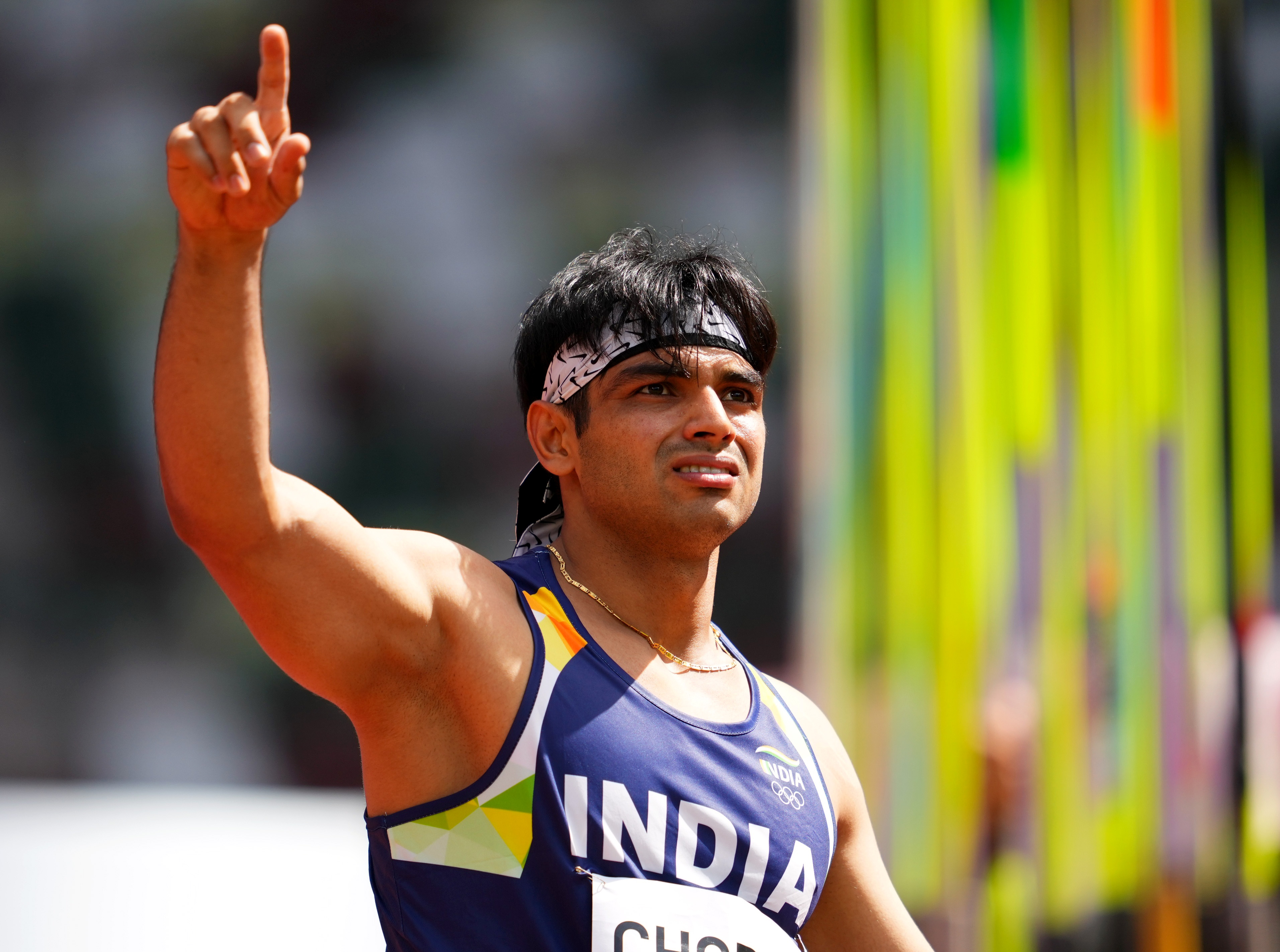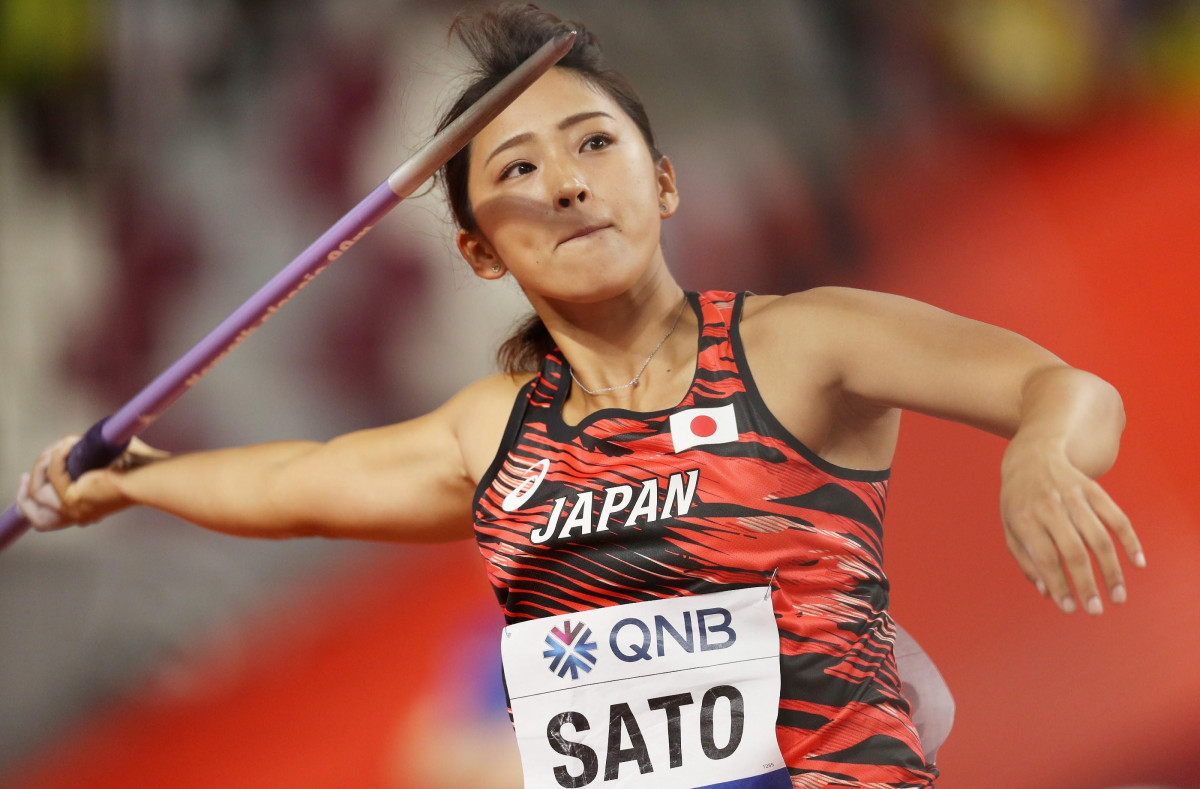Javelin Techniques and Biomechanics: Javelin Olympics

The javelin throw is a complex and technical event that demands a unique combination of strength, power, flexibility, and precision. Athletes must execute a series of coordinated movements to maximize the distance the javelin travels. This involves understanding the fundamental biomechanics of the throw and applying them effectively throughout the competition.
Grip
The grip is the foundation of a successful javelin throw. It determines the athlete’s control over the javelin and their ability to generate force. The standard grip involves holding the javelin with the index and middle fingers extended along the shaft, while the other fingers wrap around the javelin. This grip allows for a balanced and secure hold, facilitating both power and accuracy.
Run-Up
The run-up is a crucial phase where the athlete builds momentum and transfers it to the javelin. A well-executed run-up involves a series of strides that progressively increase in length and speed. This allows the athlete to reach a peak velocity before the release. The run-up should be tailored to the athlete’s individual stride length and biomechanics, ensuring a smooth and controlled acceleration.
Release
The release is the culmination of the throw, where the athlete transfers the built-up momentum to the javelin. This involves a precise and powerful extension of the arm, followed by a snap of the wrist. The javelin should be released at an optimal angle, typically around 45 degrees, to maximize the distance. The release phase is critical for achieving both distance and accuracy, requiring careful coordination and timing.
Strength, Power, and Flexibility
Strength, power, and flexibility are essential components of a successful javelin throw. Strength is necessary for holding the javelin securely, generating force during the run-up, and executing a powerful release. Power, which is the combination of strength and speed, is crucial for maximizing the velocity of the javelin. Flexibility, particularly in the shoulders, back, and hips, allows for a wider range of motion and enhances the athlete’s ability to generate power during the throw.
Javelin Throwing Techniques
There are various javelin throwing techniques, each with its strengths and weaknesses.
The Overhand Technique
The overhand technique is the most common technique used by javelin throwers. It involves throwing the javelin over the shoulder with a powerful arm extension and a snap of the wrist. This technique allows for a high release angle, which is crucial for maximizing distance. However, it requires a high level of coordination and precision to execute effectively.
The Underhand Technique
The underhand technique, as the name suggests, involves throwing the javelin underhand. This technique is less common than the overhand technique but can be effective for certain athletes. It involves throwing the javelin with a powerful hip extension and a snap of the wrist. The underhand technique is often favored by athletes who lack the upper body strength and flexibility required for the overhand technique.
The Sidearm Technique
The sidearm technique is a variation of the overhand technique, where the javelin is thrown with a more sideways motion. This technique is often used by athletes who have difficulty generating power with the overhand technique. It allows for a more natural throwing motion for some athletes, but it may not be as effective for maximizing distance.
Conclusion
The javelin throw is a demanding event that requires a unique combination of physical and technical skills. By understanding the fundamental biomechanics of the throw, mastering the various techniques, and developing the necessary strength, power, and flexibility, athletes can strive for optimal performance and achieve success in this exciting sport.
Javelin in Modern Olympics

The javelin throw, a timeless test of strength, precision, and athleticism, continues to captivate audiences at the Olympic Games. The event has witnessed remarkable evolution, with athletes pushing the boundaries of human performance and technological advancements influencing the sport’s trajectory. This section delves into the current state of javelin throwing in the Olympics, examining the impact of technological innovations and exploring the challenges and opportunities that lie ahead.
Top Competitors and Emerging Trends
The javelin throw boasts a constellation of talented athletes who consistently redefine the limits of the sport. The recent years have seen the emergence of new stars, adding depth and excitement to the competitive landscape.
- Johannes Vetter (Germany): Vetter, a dominant force in the men’s javelin, holds the current world record of 97.76 meters, a testament to his exceptional power and technique. He has consistently been among the top contenders in major international competitions, captivating audiences with his powerful throws.
- Anderson Peters (Grenada): Peters, a rising star from Grenada, has emerged as a formidable competitor, winning gold at the 2019 World Championships and securing a bronze medal at the Tokyo Olympics. His impressive throws have propelled him to the forefront of the sport, showcasing the potential for new talent to make a significant impact.
- Neira Agina (Latvia): Agina has been a consistent performer in the women’s javelin, winning gold at the 2019 European Championships and placing fourth at the Tokyo Olympics. Her dedication and consistency have made her a force to be reckoned with in the international arena.
Impact of Technological Advancements
Technological advancements have played a pivotal role in shaping the javelin throw, influencing both the design of the javelin and the athletes’ performance.
- Javelin Design: The evolution of javelin design has been instrumental in enhancing performance. Modern javelins, crafted from high-performance materials like carbon fiber, are lighter and more aerodynamic than their predecessors. This has enabled athletes to achieve greater distances and velocities, pushing the limits of human potential.
- Biomechanical Analysis: Advancements in biomechanics have provided athletes with a deeper understanding of the forces involved in javelin throwing. Through motion capture technology and detailed kinematic analysis, coaches and athletes can identify areas for improvement, optimize technique, and maximize performance.
- Training Technology: Innovations in training technology have empowered athletes to train more effectively and efficiently. Strength and conditioning programs, customized for javelin throwing, have become increasingly sophisticated, incorporating advanced equipment and techniques to enhance power, speed, and endurance.
Challenges and Opportunities, Javelin olympics
While the javelin throw has seen significant advancements, it faces certain challenges and opportunities in the future.
- Performance Enhancement: The pursuit of performance enhancement is a constant theme in athletics. The javelin throw, like other disciplines, must navigate the ethical considerations surrounding performance-enhancing substances and technologies.
- Global Participation: Promoting global participation in the javelin throw is crucial for its long-term growth and sustainability. Efforts to develop javelin programs in emerging athletic nations and provide access to resources and training opportunities are essential to broaden the sport’s reach.
- Innovation and Technology: The future of the javelin throw is inextricably linked to technological advancements. Continuing to explore innovative materials, design improvements, and training methods will be essential to push the boundaries of performance and captivate audiences.
Javelin Olympics, a spectacle of athleticism and precision! The athletes launch the spear, striving for the furthest throw. But even in such a demanding sport, emotions can run high, and sometimes, even the most dedicated athletes find themselves grappling with heartbreak.
Reminds me of Dominic Fike’s song about cheating, dominic fike cheating song , where the lyrics capture the raw pain of betrayal. Just like in the javelin throw, where every ounce of strength and focus is needed to achieve victory, love too requires commitment and trust.
Mancaliak, javelin olympics tu ado acara nan mambangko, lamo lah urang Minangkabau maulah jo olahraga iko. Tapi, lai manarik, cerita tantang hunter schafer ex nan ado di media sosial tu. Biarlah, nan penting javelin olympics tetap ado di hati, dek prestasi atlet-atlet dunia nan mambanggakan.
